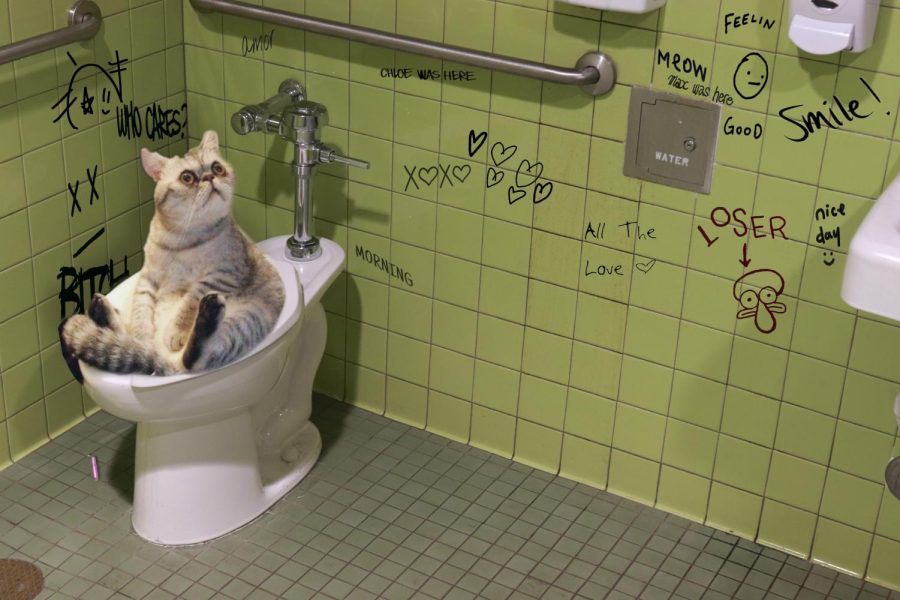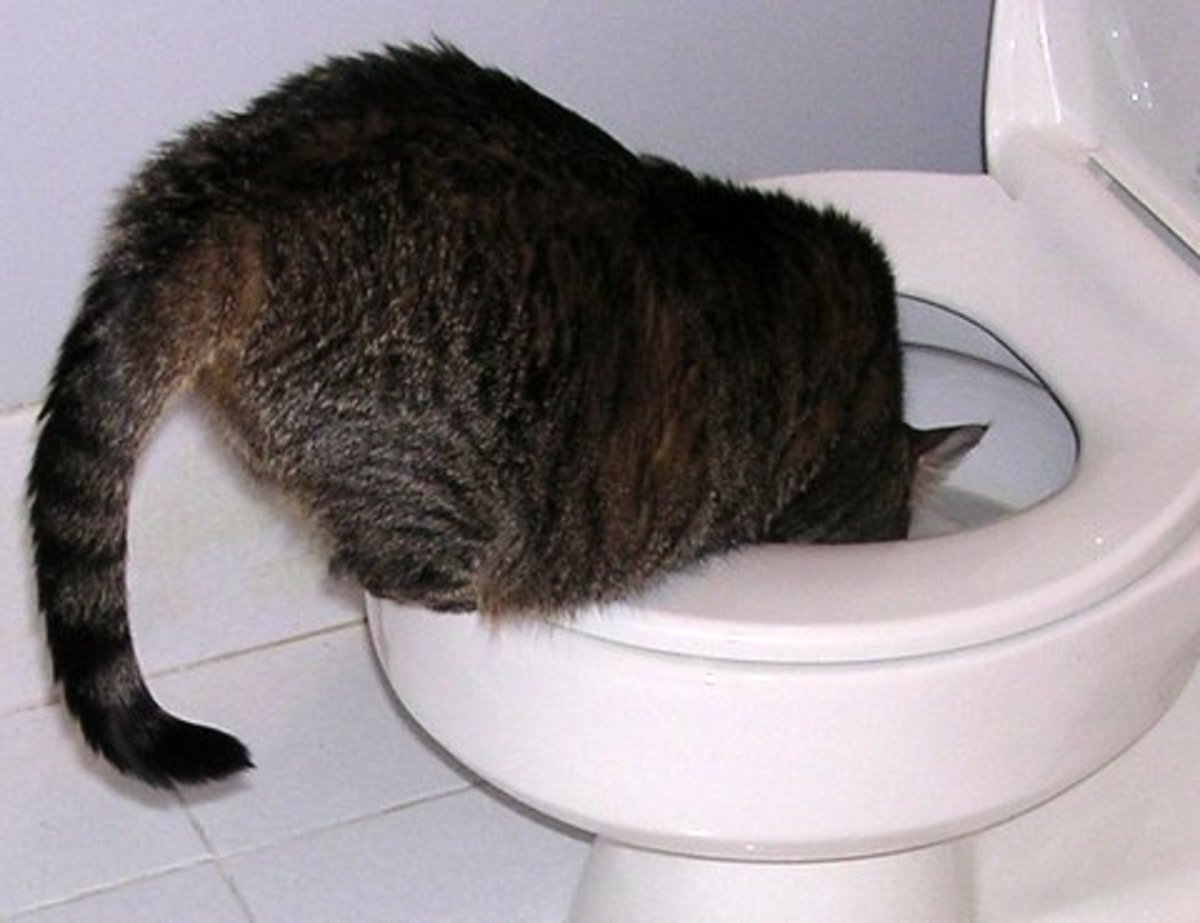My Significance of Not Emptying Animal Waste Down the Toilet
My Significance of Not Emptying Animal Waste Down the Toilet
Blog Article
They are making a few good points on the subject of Don't Flush Your Pets Poo Down The Loo, Vet Warns overall in this content followed below.

When it concerns getting rid of waste, specifically animal waste, lots of people typically turn to the practical choice of flushing it down the commode. Nonetheless, this relatively very easy service can have serious consequences for the setting and public health. In this article, we'll check out why flushing animal waste down the toilet is a bad idea and provide different approaches for proper disposal.
Intro
Correct garbage disposal is critical for preserving environmental sustainability and public health. While it may appear safe to flush animal waste down the bathroom, it can result in various problems, both for the setting and human health.
Dangers of flushing pet waste
Environmental influence
Flushing animal waste presents harmful germs and pathogens into waterways, which can adversely impact aquatic communities. These virus can infect water sources and harm aquatic life, interfering with delicate environments.
Public health concerns
Animal waste includes hazardous bacteria such as E. coli and Salmonella, which can position serious health threats to humans. Flushing pet waste down the commode can pollute water products, leading to the spread of conditions and infections.
Alternatives to flushing
As opposed to flushing pet waste down the toilet, there are a number of alternative disposal approaches that are much more eco-friendly and hygienic.
Composting
Composting animal waste is an environmentally friendly way to get rid of it. By composting, organic matter is broken down into nutrient-rich dirt, which can be utilized to feed yards and plants.
Land fill disposal
Dealing with pet waste in a land fill is another option. While not as eco-friendly as composting, it is a safer alternative to flushing, as it avoids the contamination of water sources.
Pet garbage disposal systems
There are specific family pet garbage disposal systems offered that securely and hygienically take care of pet waste. These systems often use enzymes to break down waste and get rid of odors.
Steps to appropriate animal waste disposal
To ensure appropriate disposal of pet waste, follow these actions:
Scooping and bagging waste
Routinely scoop and bag check here pet waste making use of biodegradable bags. This prevents waste from infecting the setting.
Utilizing assigned waste bins
Dispose of bagged animal waste in marked waste containers, such as compost containers or landfill bins. Avoid flushing it down the commode in any way expenses.
Cleansing litter boxes and pet locations frequently
Regularly tidy litter boxes and pet areas to prevent the accumulation of waste and bacteria. Use pet-safe cleaning items to maintain hygiene.
Benefits of correct disposal methods
Taking on correct disposal techniques for animal waste supplies several advantages:
Reduced environmental pollution
Correct disposal methods lower the risk of environmental pollution, shielding rivers and communities from contamination
Reduced threat of water contamination.
By staying clear of flushing animal waste down the toilet, the risk of water contamination is significantly reduced, protecting public health.
Improved sanitation and health
Correct disposal approaches promote far better sanitation and health, developing a much safer environment for both human beings and pets.
Final thought
To conclude, flushing animal waste down the bathroom is dangerous to the environment and public health. By embracing alternate disposal approaches and following appropriate waste administration techniques, we can reduce the negative impact of pet waste and contribute to a cleaner, much healthier earth.
What To Do With Dog Poo – The Do's And Don'ts Of Disposing Of Faeces
Dog poo bins
Some councils provide dedicated dog waste bins in popular dog-walking areas that can take dog poo that has been bagged but you can legally dispose of dog waste in any public litter bin, as long as it is securely bagged. This also applies to your wheelie bin at home.
Do not flush
Water companies do not recommend flushing dog faeces down the toilet because certain parasites can survive the water processing treatment and are potentially harmful to humans. You should also never consider flushing dog poo that has been bagged down the toilet as the bags will not break down and instead create severe blockages in the sewage system.
In the woods
The Forestry Commission promotes a ‘stick and flick’ method for dealing with waste in the woods. This means finding a stick and using it to flick any poo from off the path so that it is out of the way of other walkers. You could also bury it as long as it is not in an area where there might be livestock.
Livestock
Parasites found in dog poo can be transmitted to livestock if they inadvertently eat infected faeces that has been left on grazing land. This could result in the death of sheep or abortion in cattle so you should always make sure you pick up your dog’s waste in fields where livestock could be present.

Regularly tidy litter boxes and pet areas to prevent the accumulation of waste and bacteria. Use pet-safe cleaning items to maintain hygiene.
Benefits of correct disposal methods
Taking on correct disposal techniques for animal waste supplies several advantages:
Reduced environmental pollution
Correct disposal methods lower the risk of environmental pollution, shielding rivers and communities from contamination
Reduced threat of water contamination.
By staying clear of flushing animal waste down the toilet, the risk of water contamination is significantly reduced, protecting public health.
Improved sanitation and health
Correct disposal approaches promote far better sanitation and health, developing a much safer environment for both human beings and pets.
Final thought
To conclude, flushing animal waste down the bathroom is dangerous to the environment and public health. By embracing alternate disposal approaches and following appropriate waste administration techniques, we can reduce the negative impact of pet waste and contribute to a cleaner, much healthier earth.
What To Do With Dog Poo – The Do's And Don'ts Of Disposing Of Faeces
Dog poo bins
Some councils provide dedicated dog waste bins in popular dog-walking areas that can take dog poo that has been bagged but you can legally dispose of dog waste in any public litter bin, as long as it is securely bagged. This also applies to your wheelie bin at home.
Do not flush
Water companies do not recommend flushing dog faeces down the toilet because certain parasites can survive the water processing treatment and are potentially harmful to humans. You should also never consider flushing dog poo that has been bagged down the toilet as the bags will not break down and instead create severe blockages in the sewage system.
In the woods
The Forestry Commission promotes a ‘stick and flick’ method for dealing with waste in the woods. This means finding a stick and using it to flick any poo from off the path so that it is out of the way of other walkers. You could also bury it as long as it is not in an area where there might be livestock.
Livestock
Parasites found in dog poo can be transmitted to livestock if they inadvertently eat infected faeces that has been left on grazing land. This could result in the death of sheep or abortion in cattle so you should always make sure you pick up your dog’s waste in fields where livestock could be present.

As a passionate reader on Can You Flush Dog and Cat Poo Down the Toilet?, I was thinking sharing that information was smart. If you appreciated our article if you please make sure you remember to share it. Many thanks for going through it.
Call Report this page